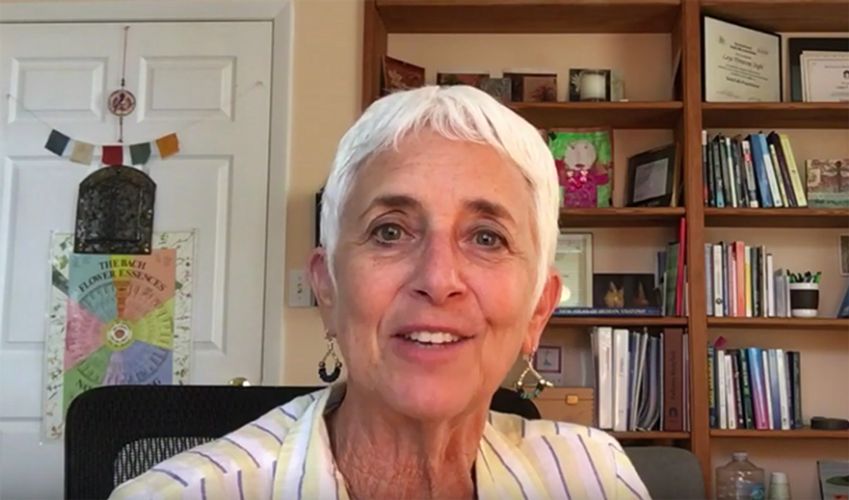As a holistic psychotherapist, I repeatedly witness how resolving suppressed emotions can have an immediate and profound effect on a client’s physical health. Digestive issues, insomnia, depression, fibromyalgia, adrenal fatigue, aches of all kinds and much more are often symptomatic of unresolved emotional memories, traumas, and stressors.
Since emotion is a natural response to the range of life circumstances we encounter, the key to healthy living is to fully process our emotions. Whatever the feeling state may be – whether the depths of despair or the joy of jubilation – when we FEEL our emotions fully, our body and mind can integrate the experience so we can achieve a healthy balance at all levels - physical, emotional, mental and even spiritual.
Our bodies and minds are not distinct from each other; they function together as part of an interconnected system. Thoughts and emotions affect our health. Candace Pert (1946 – 2013), the neuroscientist who discovered the opiate receptor, helped pioneer the emergence of mind-body medicine as a legitimate subject of scientific inquiry. In her book Molecules of Emotion, she explained that the biochemical communicators of our emotional states – the hormones and neurotransmitters from the nervous, endocrine and immune systems – flow freely when emotions are expressed. When emotions are repressed or denied, however, pathways become blocked and the unresolved emotion can end up stored in the body – in the connective tissue, muscle or organs – adversely affecting one’s health.
To help release the trapped emotion from repressed memories, traumas or other stressors, the Emotional Resolution Technique is one that I have found to be strikingly simple and effective. It is one of the elements of the structured protocol of Body Intuitive, a mind-body system developed by Senior BodyTalk Instructors Janet Galipo, Doctor of Oriental Medicine, and Laura Stuve, Ph.D., a microbiologist. Best used in treatment with a trained Body Intuitive practitioner, I also have shared it with clients to use following an emotional session to further reduce emotional intensity.
I have made this YouTube video available as a standalone technique with the understanding that it is not intended as a replacement for consultation or treatment. For safe practice, always consult your healthcare professional.














